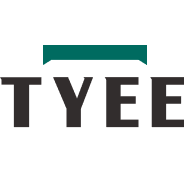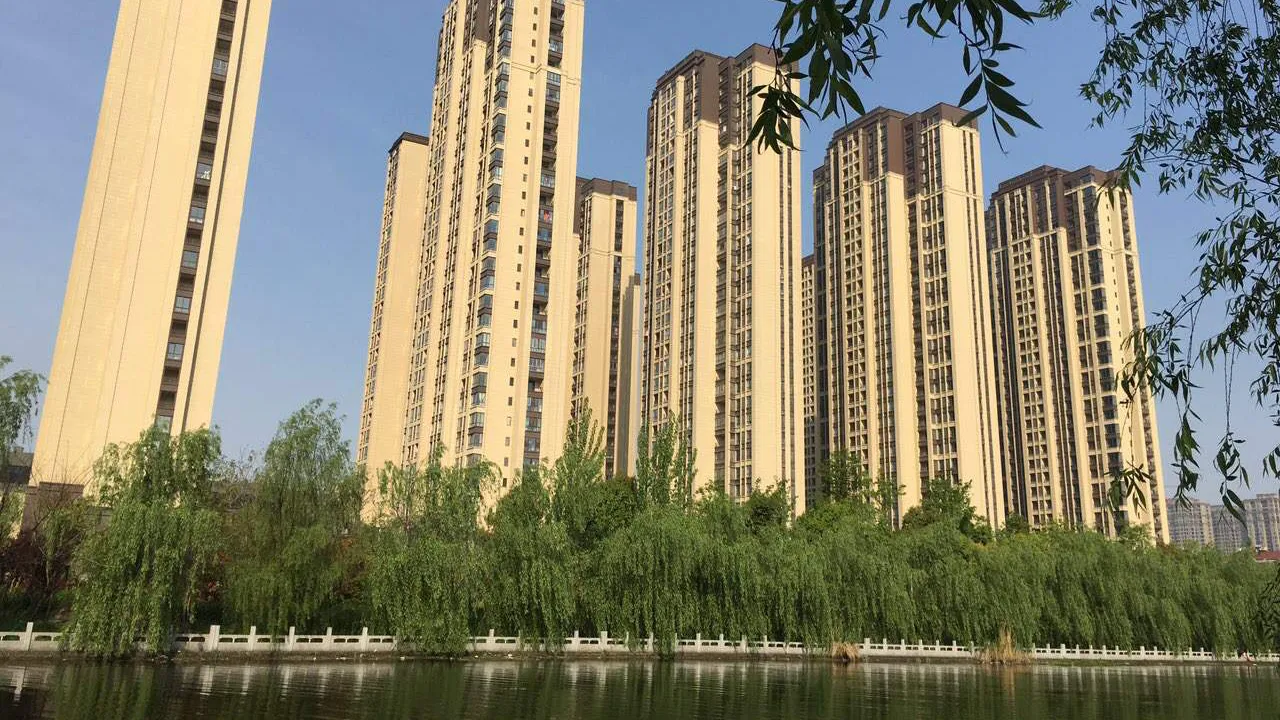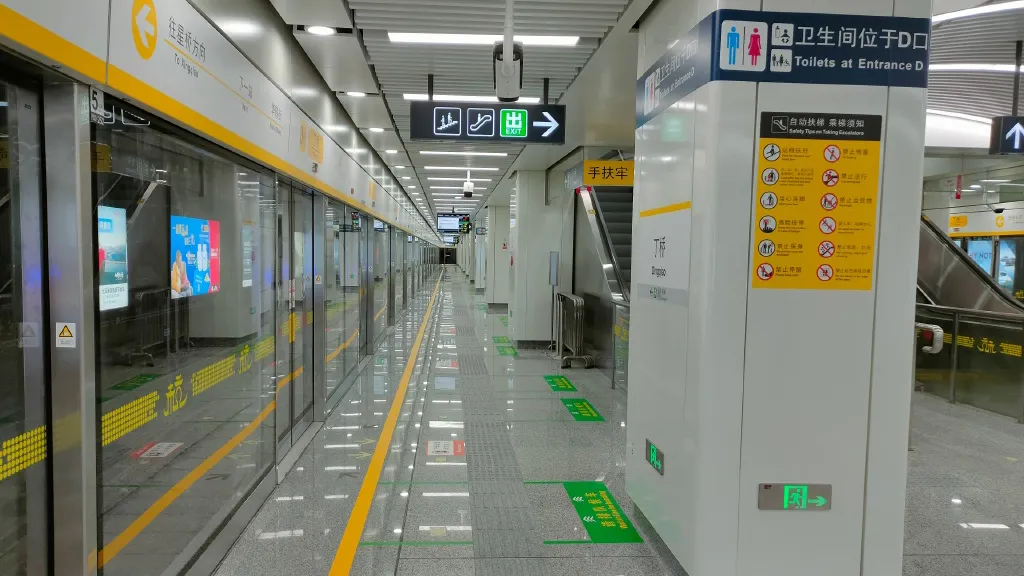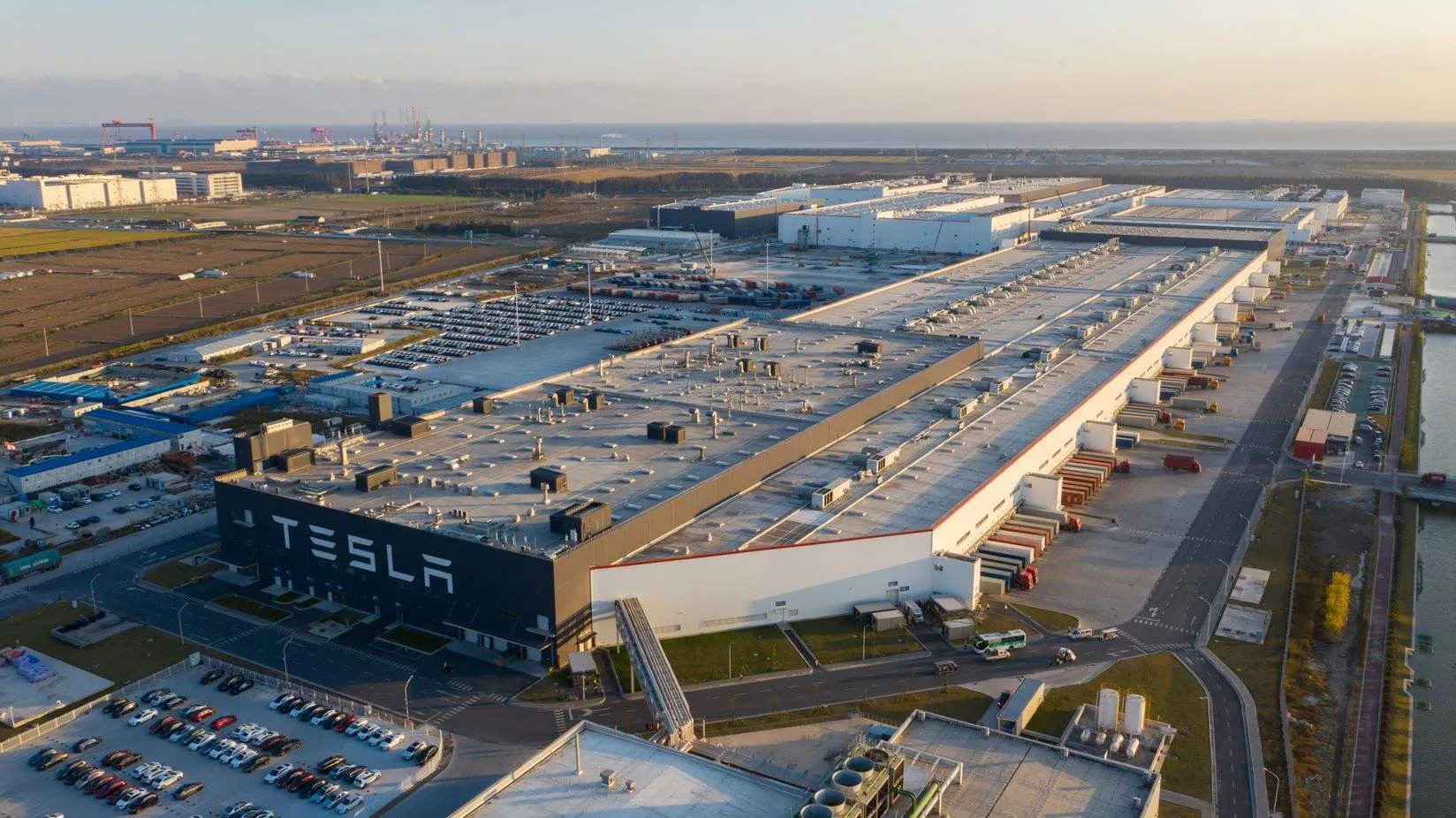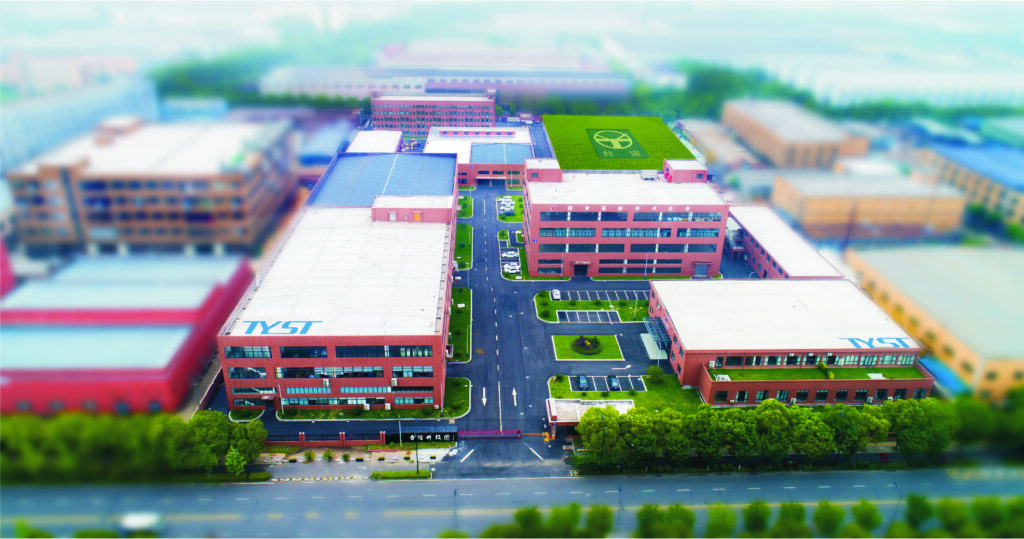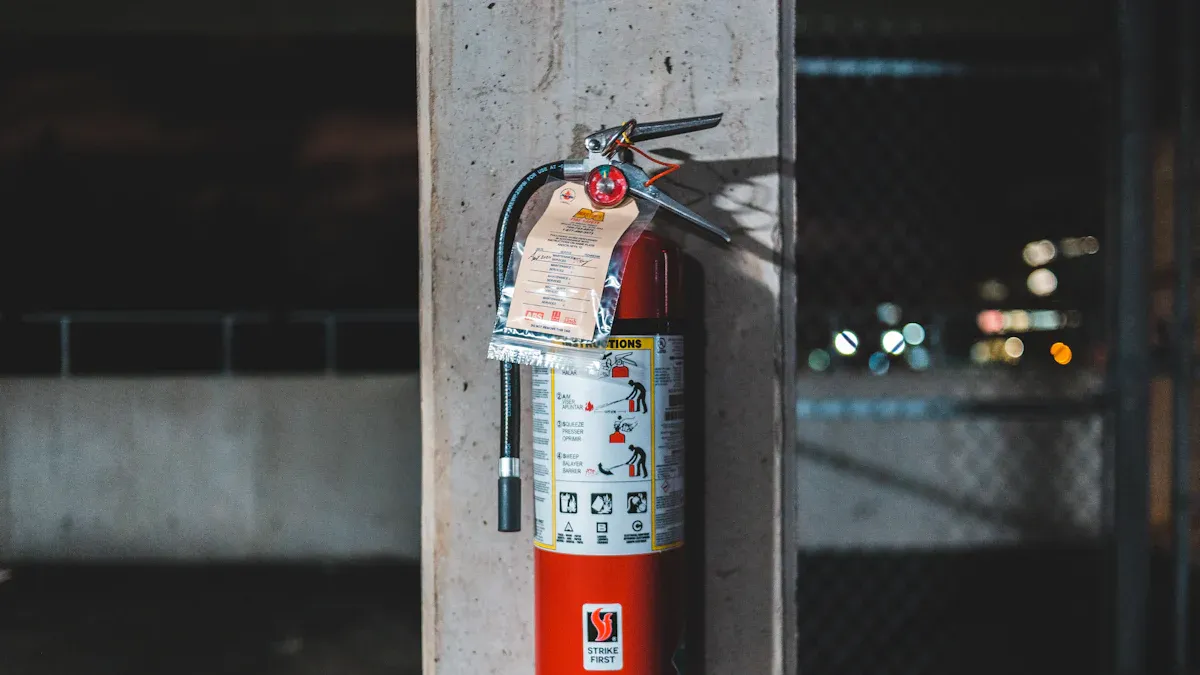
Integrating fire safety into resilience plans is very important. It helps protect communities from serious damage. Recent statistics show worrying trends in fire losses. For example, urban fires in Imizamo Yethu, Cape Town, cost $8 million. Six big fires in Bangladesh’s garment industry cost about $365 million. Also, around 180,000 people die from fires each year. Most of these deaths, about 95%, happen in low- and middle-income countries.
To tackle these problems, TYEE‘s 5-step method is a useful guide for good fire safety integration. The first three steps—Risk Assessment, Stakeholder Engagement, and Strategy Development—show how this method can work everywhere. It also helps improve fire safety plans.
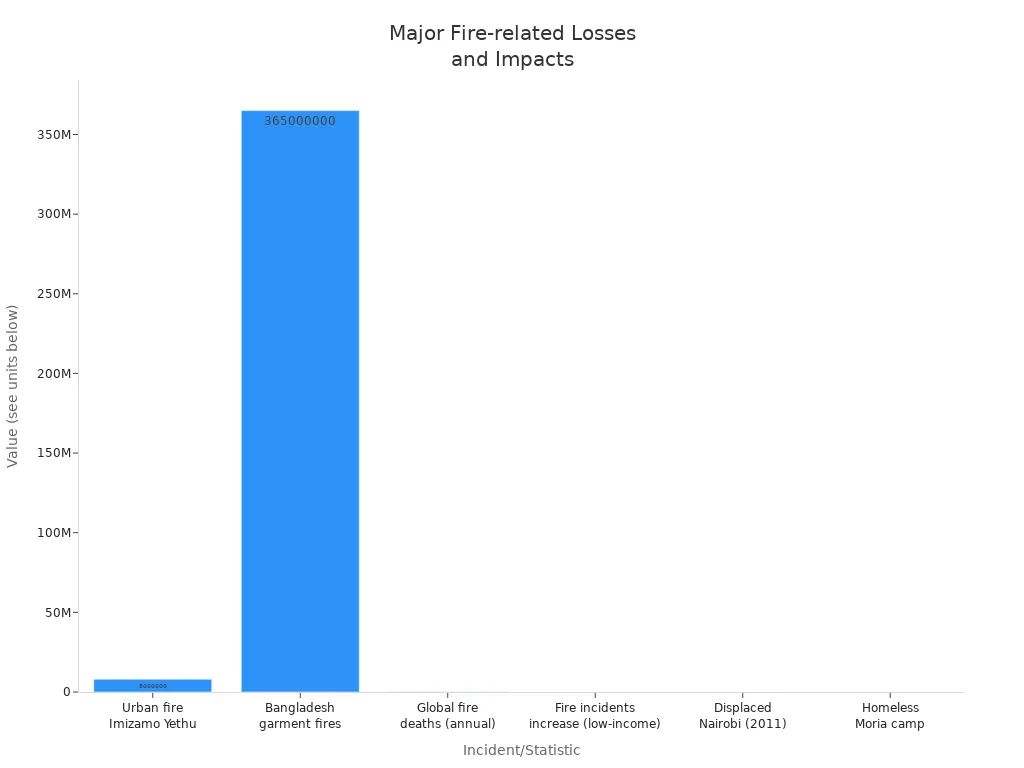
Key Takeaways
Add fire safety to community plans. This helps protect lives and property from fire dangers.
Do careful risk checks to find small risks in high-risk areas. This helps create good fire management plans.
Involve stakeholders and the community with workshops and partnerships. This builds a strong support network for fire safety.
Create detailed fire safety plans. These should include training, preparedness, and special education programs to make the community stronger.
Check and change fire safety plans often. Use feedback and incident reviews to keep them effective.
Risk Assessment
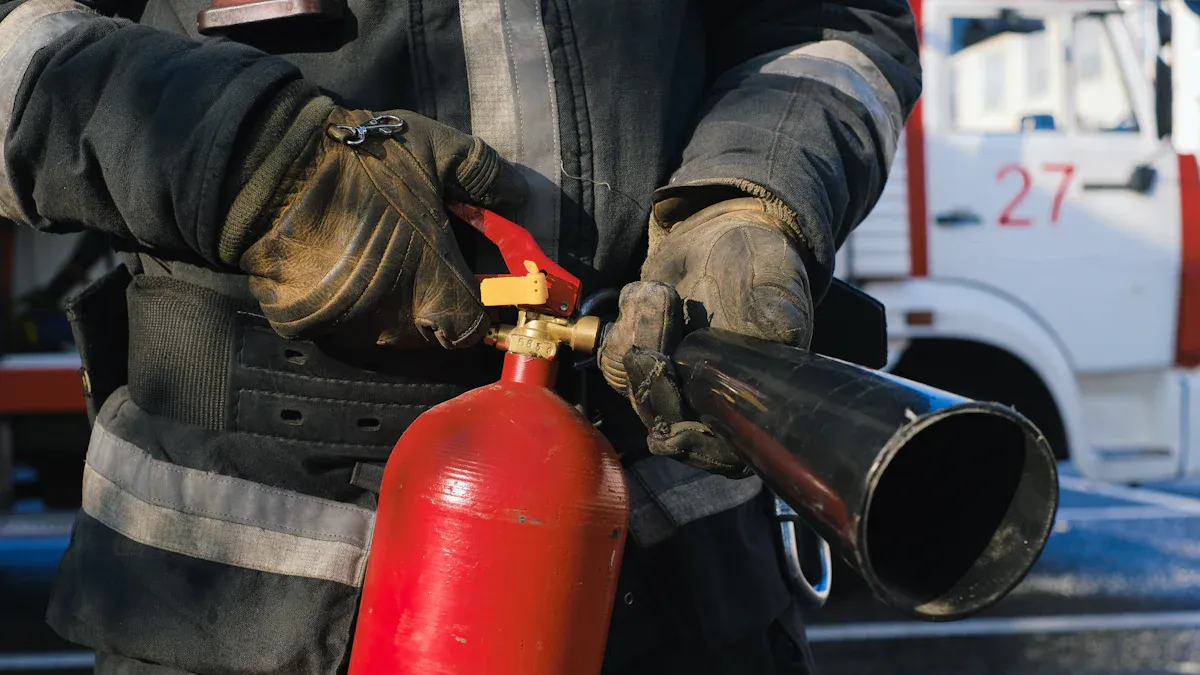
Checking fire risks is very important for staying safe in small high-risk areas and industrial places. You need to find possible dangers to keep people and property safe. A good risk assessment helps you see the specific threats in your area. This knowledge helps you create strong fire risk management plans.
Identifying Micro-Risks
In small high-risk areas and industrial places, you might find different micro-risks. These risks can cause big safety problems if not fixed. Here are some common micro-risks found in recent studies:
Limited Safety Resources: Many small businesses do not have enough safety resources, causing many accidents.
Poor Safety Awareness: Business owners often do not see how important safety measures are, which affects safety levels a lot.
Passive Safety Behavior: Many small businesses act reactively instead of proactively about safety.
Micro-Risks Identified | Description |
|---|---|
Limited Safety Resources | Small businesses often do not have enough safety resources, causing many accidents. |
Poor Safety Awareness | Business owners’ lack of awareness greatly affects safety levels. |
Passive Safety Behavior | Many small businesses often react instead of taking action for safety. |
Tools for Risk Assessment
To check fire risks well, you can use different tools and technologies. TYEE’s products are very helpful for making fire risk assessments better in high-risk areas. Here are some key features of TYEE’s solutions:
Feature | Description |
|---|---|
Advanced Monitoring Systems | TYEE’s products use advanced monitoring systems to make fire risk assessments better in high-risk areas. |
AI Integration | Using AI technologies allows for better risk evaluations and faster responses. |
Rapid Signal Response | The system can send fire alerts in less than three seconds, ensuring quick warnings in emergencies. |
Distributed Intelligence | Each detector adapts to its surroundings, giving accurate detection even when conditions change. |
By using these tools, you can make your fire risk management plans better. You will follow safety rules more closely and create a safer place for everyone.
Stakeholder Engagement
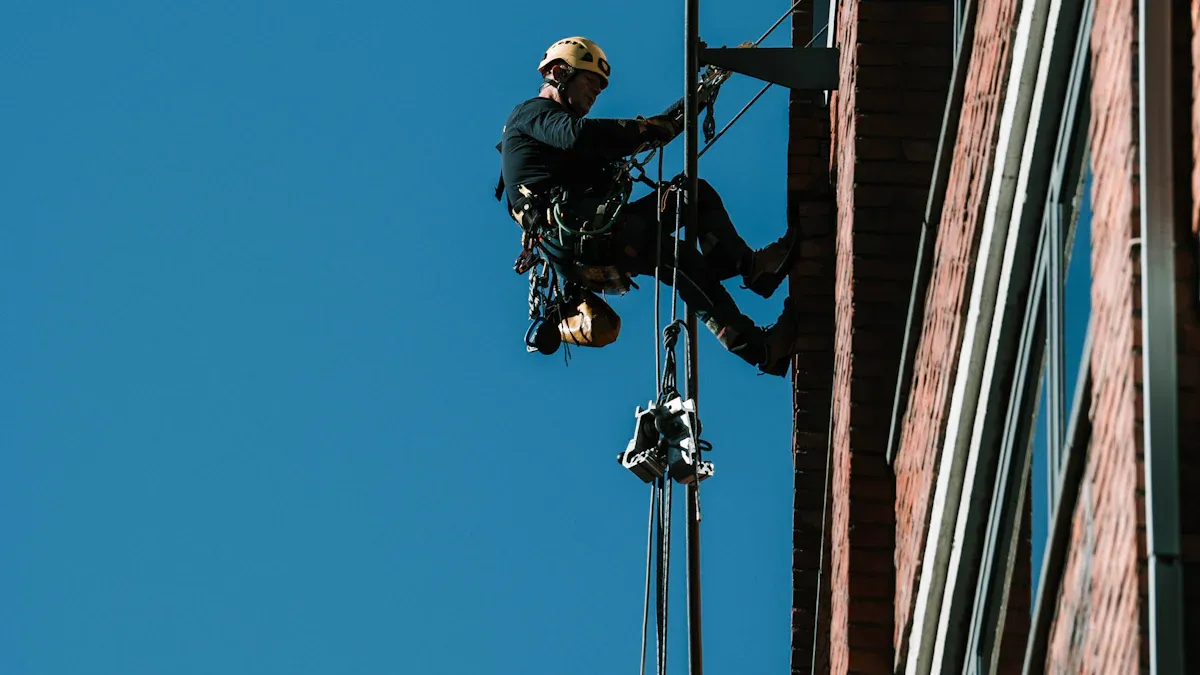
Getting stakeholders involved is very important for good fire safety. Working together helps everyone feel responsible for safety. When you include stakeholders, you build a support network that improves safety. This is especially true in smart campuses and urban renewal areas, where many different needs exist.
Community Involvement
You can improve fire safety by getting the community involved. There are many ways to do this, such as:
Hosting workshops to teach residents about fire risks and safety.
Creating volunteer groups to help with fire drills and awareness events.
Asking community members for feedback to make fire safety plans better.
By encouraging community involvement, you build trust and make sure everyone knows their role in keeping safe.
Building Partnerships
Creating partnerships is another great way to engage stakeholders. Working with local groups, businesses, and government can lead to new ideas. Here are some successful examples that show how these partnerships work:
Case Study | Key Features | Impact |
|---|---|---|
Bamenda Central Market | Better building spacing, finding electrical problems | Reduced fire losses and safer markets |
Kantamanto Market | Improved roofing and readiness of fire trucks | Stronger protection against fire dangers |
These examples show how partnerships can greatly improve fire safety. By working together, you can share resources and knowledge to make places safer.
In smart campus areas, good ways to engage stakeholders include:
Method | Description |
|---|---|
Letting stakeholders know project goals to gain support and lessen resistance. | |
Active Stakeholder Engagement | Using open meetings and online surveys to get feedback and improve fire safety plans. |
Transparency in Data Governance | Addressing privacy issues with clear rules and getting permission for data collection. |
Using these strategies will help you create a safer and stronger environment for everyone involved.
Strategy Development
Making good fire safety strategies is very important. This helps protect urban fire zones and cultural sites. You need to think about many things to create strong fire safety plans. These plans should deal with specific risks and problems. Here’s how you can do this.
Comprehensive Fire Safety Plans
A good fire safety plan has several key parts. These parts help lower risks in cities. You should pay attention to these elements:
Fire Safety Features: Adding fire safety features in buildings is very important. These steps help prevent long-term losses and keep trust with employees and customers.
Preparedness and Training: A study on social resilience in Guimarães shows how important training is. It found that only 27% of people had direct fire experience, while 63% took part in fire drills. This shows that training helps improve fire response readiness.
Targeted Educational Programs: You should create special educational programs to make the community stronger. Better communication strategies are key for good fire safety plans in cities.
By focusing on these parts, you can build a strong fire safety plan that meets the unique needs of urban fire zones.
Aligning with Business Continuity
Putting fire safety solutions into your business plans is very important, especially for cultural sites. You want to make sure your work can keep going smoothly even if there is a fire. Here are some ways to connect fire safety with business plans:
Top Certifications and Awards: TYEE’s fire safety systems have won top awards for design and safety. This shows they work well to protect cultural heritage.
Successful Implementations: TYEE’s systems have been used successfully in famous heritage sites in China and other countries. This proves they are reliable and effective.
Zero-Damage Solutions: TYEE’s zero-damage fire safety solutions protect artifacts and buildings without causing harm. This is very important for cultural sites where keeping things safe is crucial.
You also need to think about common problems when making fire safety strategies. These include:
Not enough fire equipment monitoring
Electrical risks
Blocked fire lanes
High false alarm rates
Low water pressure
Retrofit challenges
Complex hazards in industrial parks
Limited manual supervision
Broken firefighting resources
Serious information gaps among different agencies
By knowing these challenges, you can create strategies that improve operations while following fire safety rules.
Implementation
Executing Fire Safety Strategies
To carry out fire safety strategies well, you need to follow some important steps. First, create a complete emergency response plan. This plan should explain evacuation steps and give specific jobs to team members. Next, hold regular training and refresher courses for employees. This helps everyone know their duties during an emergency. Check equipment and keep it maintained to ensure it works. Organize practice drills to test readiness and find weak spots in your plan. Set up clear communication rules so everyone knows how to act during emergencies.
Tip: Look at past incidents often to find weak points and improve your fire safety plans. Update these plans to include new rules and technologies.
Training and Resources
Ongoing training is very important for keeping high fire safety standards. It gives you and your employees the skills and knowledge needed to handle emergencies well. Regular refresher sessions help everyone stay updated and ready for changes. This makes sure that everyone knows fire safety rules.
Think about these training ideas:
Hold regular fire drills and practice sessions to strengthen training and check readiness.
Work with medical experts to create good evacuation plans for people who need medical help.
Consider medical needs during evacuations, making sure necessary medical equipment is easy to reach.
By building a strong fire safety culture, you boost employee confidence and readiness. This proactive training approach ensures your team can respond well in an emergency.
TYEE is here to help you during the implementation process. Our team offers resources, training materials, and expert advice to help you set up strong fire safety rules. With our help, you can make a safer place for everyone involved.
Evaluation and Adaptation
Checking how well your fire safety plans work is very important. You need to see if your strategies are effective in real-life situations. Regular checks help you find what works and what doesn’t in your fire safety plans. Here are some good ways to evaluate your integration:
Conduct Regular Reviews: Plan yearly reviews of your fire risk assessments. This keeps your strategies effective and follows the rules.
Gather Feedback: Get input from employees and stakeholders. Their experiences can give you helpful ideas about your fire safety measures.
Analyze Incident Reports: Look at any fire incidents or near misses. Knowing what went wrong can help you improve your response plans.
Assessing Effectiveness
To check how well your fire safety strategies work, think about these key areas:
Training and Drills: Regular training is very important. You should hold emergency drills every three months to practice evacuation and response times. This helps everyone know their roles during an emergency.
Monitoring Compliance: Make sure your fire safety measures follow local rules. Regular checks can help you stay updated on any changes in laws or standards.
Review Frequency: It is best to review fire risk assessments at least once a year or when big changes happen at work. This keeps your strategies effective and follows the rules.
Training Type | Recommended Frequency | Notes |
|---|---|---|
Initial Fire Safety | Upon hire | Essential for all new employees |
Refresher Courses | Annually | Updates on procedures and protocols |
Emergency Drills | Quarterly | Practice evacuation and response times |
Making Adjustments
Changing your fire safety strategies based on feedback is very important. You should be ready to make changes when needed. Here are some key points to think about:
Stay Flexible: Be open to adjusting your strategies based on new information or changing conditions. This flexibility can improve your overall safety.
Incorporate Feedback: Use the feedback you get to make smart changes. This ensures that your fire safety measures meet the needs of your community.
Continuous Improvement: Fire safety is an ongoing process. Regularly update your strategies to reflect best practices and lessons learned from past incidents.
By evaluating and adapting your fire safety strategies, you can create a safer environment for everyone involved.
TYEE’s 5-step method is very important for making communities safer with fire safety. By using smart fire safety systems, your community can be ready for emergencies. Here are some easy steps you can follow:
Install smart fire safety systems: These easy-to-use products can be set up by anyone or experts, helping to prevent fires better.
Integrate with existing infrastructure: This helps improve your current safety measures, making them work better.
Participate in community training and drills: Regular practice helps everyone learn how to act during a fire, increasing safety awareness.
Getting the community involved through workshops and drills builds trust and knowledge about fire risks. Programs like Firewise Communities promote teamwork, leading to better fire safety results. By focusing on fire safety, you not only save lives but also make your community stronger against future problems.
FAQ
Why is fire safety important in cities?
Fire safety in cities saves lives and protects property. Living close together raises fire risks. Good fire safety measures help ensure quick responses and follow safety rules.
How can I make my community’s fire response plan better?
You can improve your community’s fire response plan by setting up training sessions, doing fire drills, and getting local groups involved. This raises awareness and makes sure everyone knows what to do in emergencies.
What are the main parts of a fire safety plan?
A fire safety plan should have risk assessments, emergency response plans, training programs, and regular equipment checks. These parts help follow rules and manage fires well.
How often should fire drills happen?
Do fire drills at least twice a year. Regular drills help everyone learn emergency procedures and speed up responses during real incidents.
How does technology help with fire safety?
Technology helps fire safety with advanced monitoring systems, real-time alerts, and data analysis. These tools make responses faster and ensure safety standards are met.

